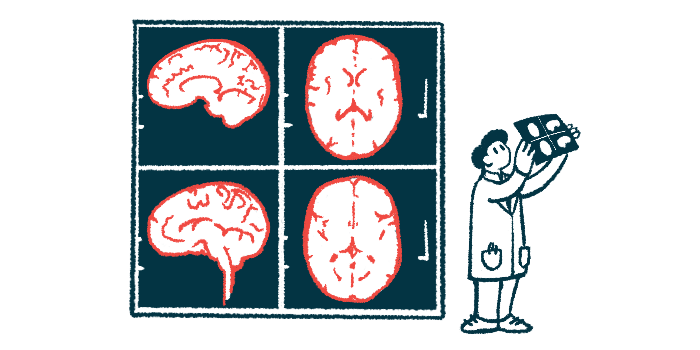High-performance brain imaging may aid diagnosis, treatment
NeuroEXPLORER enables higher resolution of deeper brain regions
Written by |

A new ultra-high-performance brain imaging PET system called NeuroEXPLORER allows for the direct imaging of deep regions of the brain, that is, the brain nuclei, and may help diagnose and advance treatments for brain diseases, including Parkinson’s disease.
The research was presented at the 2024 Society of Nuclear Medicine and Molecular Imaging (SNMMI) Annual Meeting, held June 8-11 in Toronto, and the images in specific brain nuclei were selected as the 2024 SNMMI Henry N. Wagner, Jr., Image of the Year.
“The high resolution of NeuroEXPLORER images is due to the system’s unique detector design and exceptional sensitivity,” said Richard E. Carson, PhD, professor and emeritus director of the PET Center at Yale University, said in an SNMMI press release. “This technology will provide the opportunity for advanced research on all types of neuronal molecular and functional activity.”
Each year, SNMMI chooses an image that represents promising advances in the field that might contribute to improving patient care by aiding in detecting disease and providing a means to select appropriate treatments.
Parkinson’s disease is caused by the progressive dysfunction and death of dopaminergic neurons, the nerve cells responsible for producing dopamine, a chemical neurons use to communicate with each other. These neurons are primarily found in a part of the brain called the substantia nigra.
A Parkinson’s diagnosis may involve the acquisition of images, obtained by using markers of dopamine signaling in high-resolution PET systems, which may help separate Parkinson’s patients from those with other conditions that cause similar symptoms.
Better brain imaging with NeuroEXPLORER
While the image quality of PET systems has improved, mostly by increases in sensitivity, they haven’t improved significantly in the resolution of deeper regions of the brain, which led researchers to design the NeuroEXPLORER PET scanner with a focus on ultra-high sensitivity and resolution.
In the study, the researchers compared human brain images obtained using NeuroEXPLORER with a High Resolution Research Tomograph (HRRT), the previous state-of-the-art imaging tool. Several markers of brain signaling, including dopamine receptors and transporters, were tested.
Brain images obtained using the NeuroEXPLORER showed improved image contrast, resolution, and quality, over those obtained using HRRT. The new system also was able to detect signaling at specific brain nuclei, such as the dopaminergic signal in the striatum and substantia nigra, two regions involved in Parkinson’s.
“The dramatic improvement in resolution and overall quality of the NeuroEXPLORER images compared to the HRRT images is clear,” said Heather Jacene, MD, chair of the SNMMI scientific program committee. “The NeuroEXPLORER has the potential to be a game changer in research for conditions such as Alzheimer’s disease, Parkinson’s disease, epilepsy, and mental illnesses.”
The NeuroEXPLORER scanner grew out of a collaboration between Yale University and the United Imaging Healthcare of America, and was funded by a National Institutes of Health Brain Initiative grant. While it’s currently used in research, researchers hope it will become available for clinical use.






